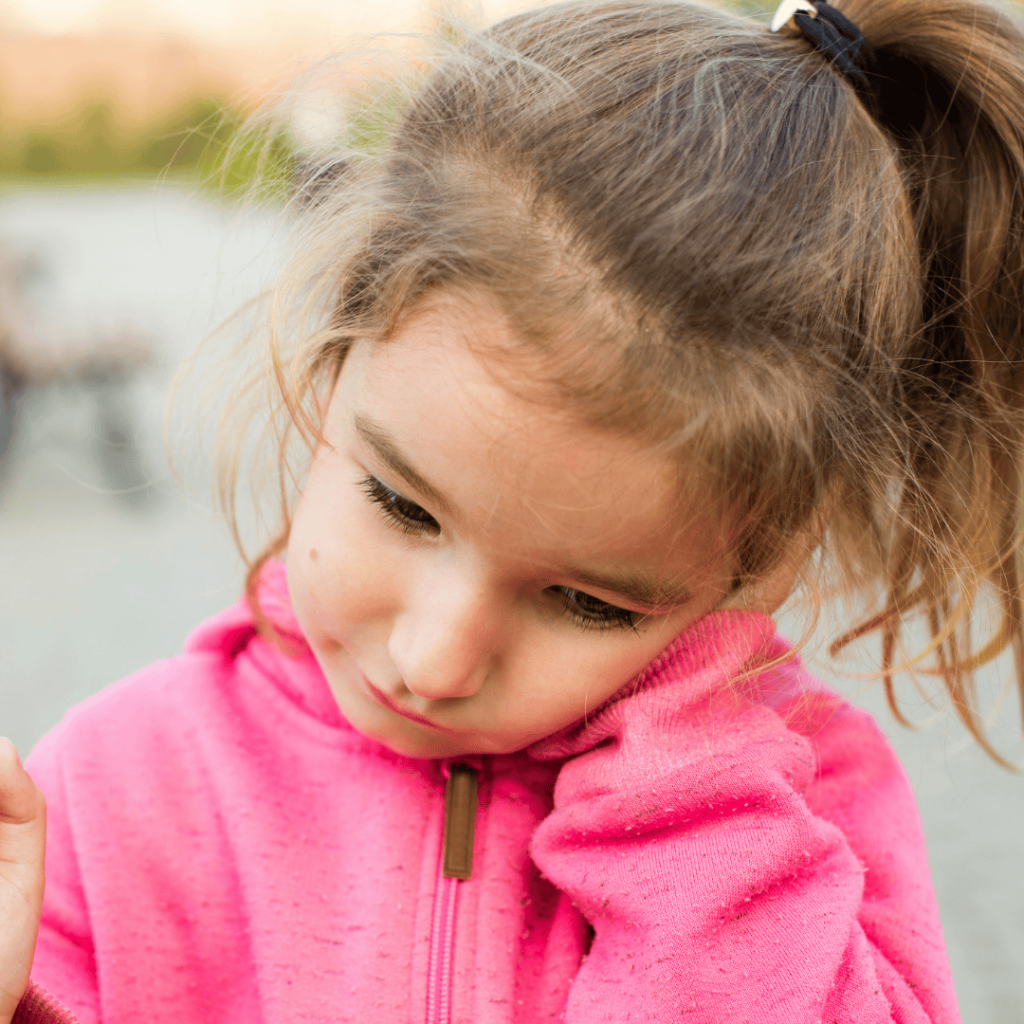Ear infections are one of the most frequent illnesses of childhood and can cause a lot of pain for little ones. Acute otitis media, an infection of the middle ear, is the most common type ear infection in kids, so when people say that they have an ear infection, otitis media is usually what they mean. This article covers the basics of common ear infections including otitis media, and also touches on natural treatments for otitis media and when to call a doctor.
If you’re looking for information about otitis externa, see this article: How To Prevent & Treat Swimmer’s Ear – Dr. Green Mom.
Ear Infection Basics
Otitis Media

This article covers the treatment of acute otitis media, an infection of the middle part of the ear. The symptoms of acute otitis media include ear pain, irritability, and fever. Babies and young children may be restless, irritable, or cranky; pull at their ears; and feel generally unwell.
Otitis media usually develops as a complication of viral upper respiratory tract infections (colds and flus). It can also be caused by swimming in water infested with bacteria.
Most cases of otitis media are viral in origin, but bacterial otitis media is possible. We suspect bacterial ear infection if fluid is leaking from the ear or if the infection was likely a result of swimming in water contaminated with bacteria.
Otitis Externa (Aka. Swimmer’s Ear)
Other common types of ear infection are otitis externa and otitis interna. Otitis externa is an infection of the outer ear and is caused by inflammation and irritation of the external ear canal. Otitis externa is often called “Swimmer’s Ear” because when the ear canal repeatedly stays wet from frequent swimming, it becomes more susceptible to irritation and infection. You can read more about otitis externa here: How To Prevent And Treat Swimmer’s Ear – Dr. Green Mom.
Otitis Interna (Aka. Labyrinthitis or Vestibular Neuritis)
Otitis interna is an infection of the inner ear. Otitis interna is also called labyrinthitis or vestibular neuritis. The most common symptoms of otitis interna are vertigo, dizziness, and tinnitus (ringing in the ears). Otitis interna can’t be treated with ear drops in the same way that otitis media and otitis externa can be because the inner ear is separate and so topical medicine won’t reach the infection.
Ear infections aren’t the only cause of ear pain. Other causes to keep in mind include cavities, sinusitis, tonsillitis, and teeth grinding. You may find this flowchart helpful: Ear Problems – Dr. Green Mom.
How To Treat A Middle Ear Infection Naturally
In my opinion, natural treatment is preferable to conventional treatment for most cases of acute otitis media. Natural treatment focuses on healing the infection using internal herbal treatment and relieving the pain and addressing the infection using external ear drops.
Look for herbal remedies that contain immune boosting herbs, such as echinacea and goldenseal, that support the immune system in fighting the infection.
Look for a topical remedy that contains pain relieving herbs (mullein and arnica) as well as antibacterial and antiviral (garlic and coptis). Mullein and arnica work to help reduce pain and discomfort from swelling in the ear canal while coptis and garlic act as a strong antibacterial to help kill off any bacteria on contact.
You can also make homemade ear oil. See the recipe here: DIY Ear Oil Recipe – Dr. Green Mom.
If the eardrum is perforated, I don’t recommend putting anything into the ear canal. In these cases, the oil can be rubbed into the skin just behind the ear. One of the most tell-tale signs of a perforated eardrum is intense pain that goes away quickly. Other signs include bloody or pussy drainage from the ear, hearing loss, vertigo, and ringing in the ear.
Chiropractic care, osteopathic care, and Bowen therapy may also be helpful for ear infections, especially recurring ear infections. You can adjust your own child’s ears at home by gently pulling the auricle (the top part) of the ear up and back and perhaps out and down. This home adjustment should provide some relief. Some kids will be in too much pain for this adjustment; in that case, don’t do it.
Conventional Treatment For Middle Ear Infections
The conventional recommendation for ear infection treatment is watchful waiting and pain relief using acetaminophen or ibuprofen. This is because most ear infections resolve within 2-7 days with or without treatment. Antibiotics provide minimal to no benefit in most cases.
However, there are some cases in which I would usually recommend antibiotics to my patients.
- In children under two with an infection in both ears.
- When there are indications that the infection is bacterial (pus or fluid leaking from the ear).
- Children who have a history of burst eardrums.*
- Children who do not show significant improvement using natural treatments in 24-48 hours.
*A note about burst eardrums: While painful, a burst eardrum is not usually a serious problem. Holes are usually small and heal completely within a few days or weeks. However, if the eardrum bursts several times or if the hole is large, that can present a very real problem. Antibiotics can reduce the risk of eardrum perforation. Research shows that 3/100 children who did not take antibiotics had their eardrum burst while 1/100 children who did take antibiotics had their eardrum burst.
For cases when antibiotics are required, there are strategies to help prevent side effects. I’ve written an article with antibiotic support strategies.
When To Call A Doctor For A Middle Ear Infection
Sometimes ear infections need medical attention. Symptoms that indicate emergency care is required include dizziness, vertigo, sudden hearing loss, redness/swelling/pain behind the ear, or if the child appears very sick with high fever and/or neck stiffness.
If symptoms don’t improve with natural treatment within 24-48 hours, and/or if you suspect that the eardrum has ruptured, medical care is needed.
Always consult a doctor immediately for infections in babies under 6 months of age, especially if fever is present.
Summary
Ear infections are a common childhood illness and otitis media is the most frequently seen type of ear infection in kids. Usually otitis media is caused by the same viruses that cause upper respiratory tract infections, but it can also be caused by bacteria. Middle ear infections usually resolve on their own and respond well to natural treatments, but when signs of a bacterial infection are present or when there is a history of ruptured eardrums, antibiotics may be the preferable course of action.
References:
Sakulchit, T., & Goldman, R. D. (2017). Antibiotic therapy for children with acute otitis media. Canadian family physician Medecin de famille canadien, 63(9), 685–687.
InformedHealth.org [Internet]. Cologne, Germany: Institute for Quality and Efficiency in Health Care (IQWiG); 2006-. Middle ear infection: Will antibiotics help relieve symptoms in babies and toddlers? 2008 Jul 3 [Updated 2019 May 9]. Available from: https://www.ncbi.nlm.nih.gov/books/NBK279379/
Sarrell, E. M., Mandelberg, A., & Cohen, H. A. (2001). Efficacy of naturopathic extracts in the management of ear pain associated with acute otitis media. Archives of pediatrics & adolescent medicine, 155(7), 796–799. https://doi.org/10.1001/archpedi.155.7.796Sarrell, E. M., Cohen, H. A., & Kahan, E. (2003). Naturopathic treatment for ear pain in children. Pediatrics, 111(5 Pt 1), e574–e579. https://doi.org/10.1542/peds.111.5.e574







